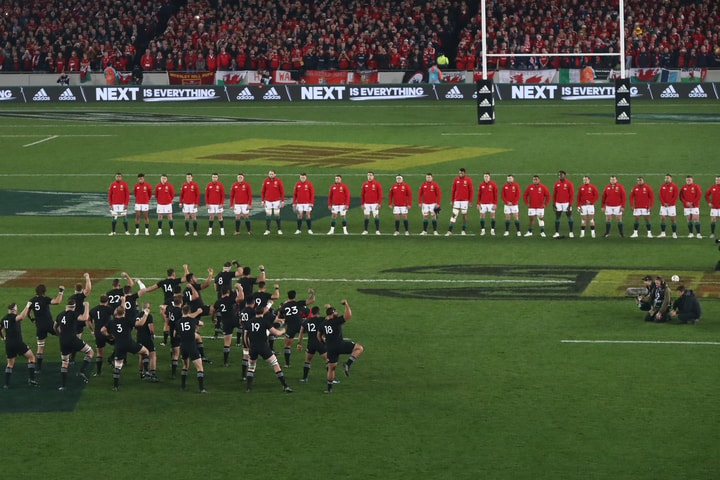The following article is an extract from 'The British & Irish Lions: The Official History 2025 Tour edition'.
1888
WANTED: A PROFESSIONAL TOURING TEAM
Dear Sir,
It has been decided by Messrs Shaw, Shrewsbury and Lillywhite to take out a team of Rugby Union football players to Australia next March, returning in September. The grounds have been secured in all the principal places. The rules of the Victorian Association differ somewhat from Rugby Union, the number of players being twenty-a-side... The greater number of matches will be arranged against clubs playing the Rugby Union rules. Six or eight matches under Victorian Rules will be played but these will not be until late in the tour, thereby giving every opportunity to the team of witnessing games played under these rules as well as practising them. I am desired by Shaw, Shrewsbury and Lillywhite to ask if you will form one of the team, in which case I shall be happy on their behalf to communicate terms to you, which I am sure will prove satisfactory.
Yours sincerely,
Mr Henry Turner
P.S. If you know, amongst your circle of friends, anyone whom you think would be likely to take the trip, I should esteem it a favour if you would kindly send me his name and address. Should prefer international players, if possible.
And so the message was sent out to a handful of carefully selected players to joinmwhat is now accepted as the first Tour made by what became The British & Irish Lions.
But how did it fall to three cricketing entrepreneurs - Alfred Shaw, Arthur Shrewsbury and James Lillywhite - to launch the first major overseas rugby Tour undertaken by a representative side?
Shrewsbury's agent for the rugby union Tour, Henry Turner, went about the task of getting official backing from the Rugby Football Union for the venture. He also had to convince some top-class players to give up 33 weeks of their working life to go on the trip. The RFU proved a tougher nut to crack than the players, flatly refusing to sanction the Tour. The princely advance sum, as a 'clothing allowance', of £15 and the promise of between £90 and £200 each for the Tour seemed to do the trick with the players.
The thunderbolt from the RFU was delivered in a formal statement from Rowland Hill on 18 January 1888. It was part of a double blow to Shrewsbury's planning, as it coincided with the decision of the Victorian Football Association to veto his request to play six or eight games under their code:
The Rugby Union Committee wish it to be known that in response to the request from the promoters to give their support and approval to the projected football tour to Australia they declined to do so. They do not consider it within their province to forbid players joining the undertaking but they feel it their duty to let gentlemen who may be thinking of going know that they must be careful in any arrangements made that they do not transgress the laws for the prevention of professionalism. The committee will look with a jealous eye upon any infringement of such laws, and they desire specially to call attention to the fact that players must not be compensated for loss of time.
As secretary of the RFU, Hill saw himself as one of the foremost guardians of the laws of the game and when the team was announced he sent a confirmation telegram to Australia to underline the fact that his union had not given their blessing to the Tour. As if to hammer home the final nail in the coffin, he circulated to all members of the squad on 2 March a copy of the 'Rules of Professionalism'.
It is obvious that Shrewsbury and Shaw were unaware of the much stricter and better policed rules regarding amateur and professional status in rugby union as compared to those that existed in cricket. While W.G. Grace was able to make a very healthy living out of being an 'amateur' cricketer - he was paid ten times the rate of the professionals on the 1873-74 tour to Australia and is estimated to have earned more than £120,000 from cricket - as were many of the players Shrewsbury had recruited for his own cricket tours, there were constant witch-hunts in rugby circles regarding payment for 'broken time' and players being offered jobs at inflated wages to entice them to transfer. Plans for the Tour came just before the great rugby revolution, the 1895 schism in the union game that led to the formation of the Northern Union, which ultimately became the Rugby Football League. That final step came after years of bitter disputes over payment to players, especially at clubs in the north.







